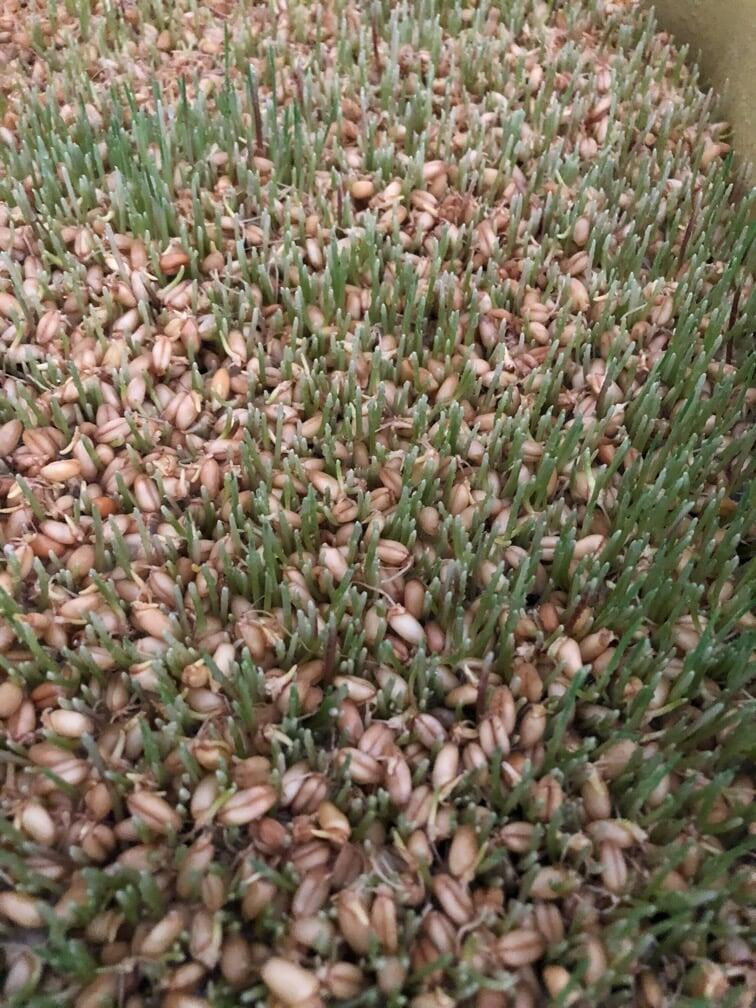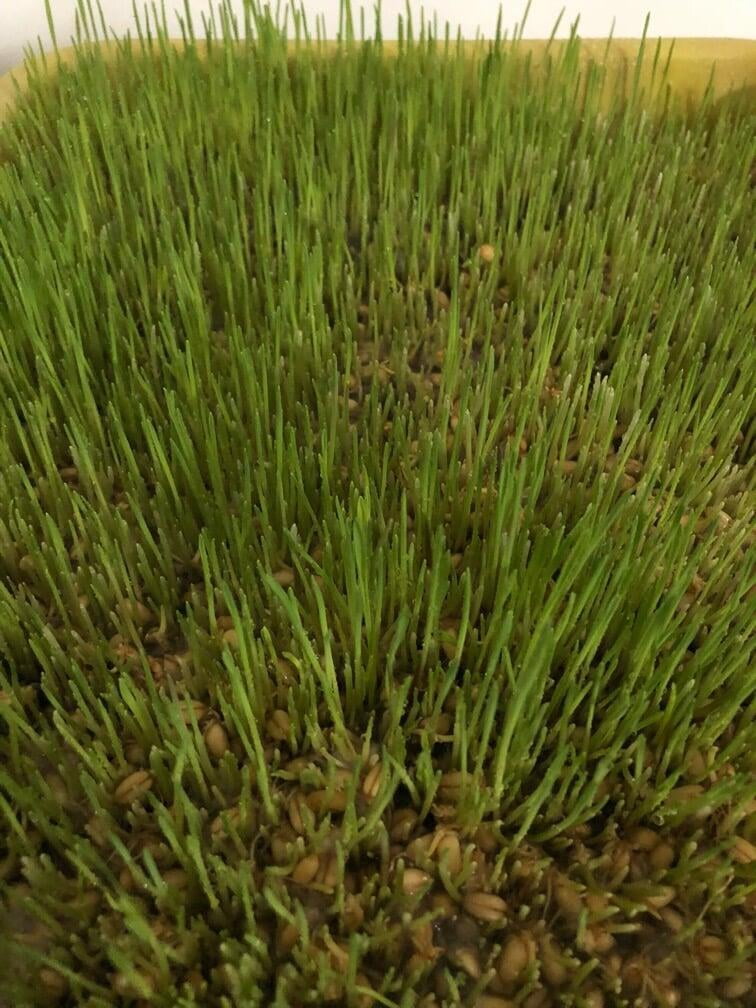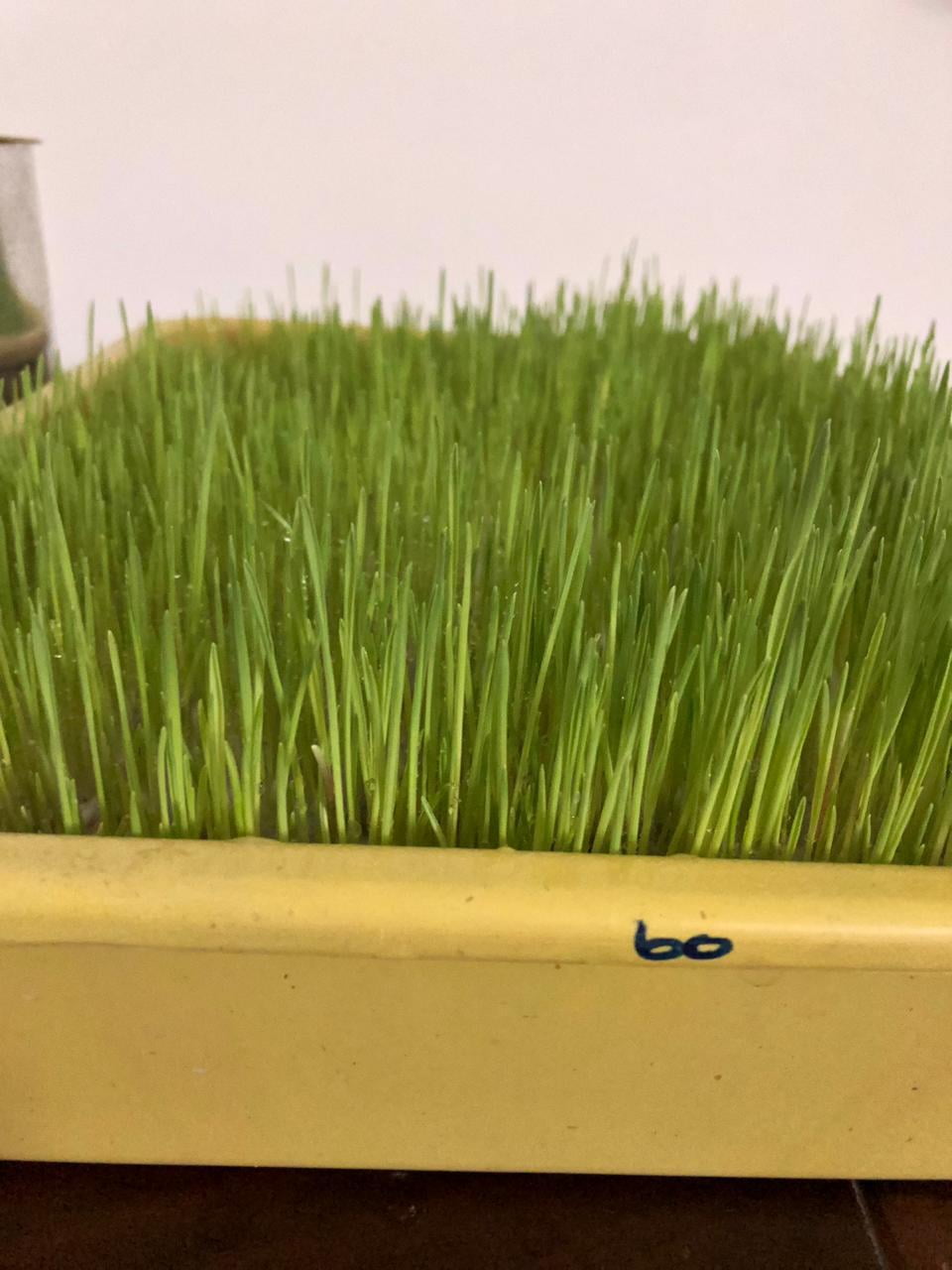In the first part of this series, we had established a case for setting up of small-scale Hydroponic Fodder units to meet the vast demand-supply gap for green fodder. In today’s article, we will share with you the results of our small experiment to grow fodder using Hydroponics and indicative profitability analysis for such a unit.
Our Experiment with growing fodder
Day 4
Day 5
Day 6
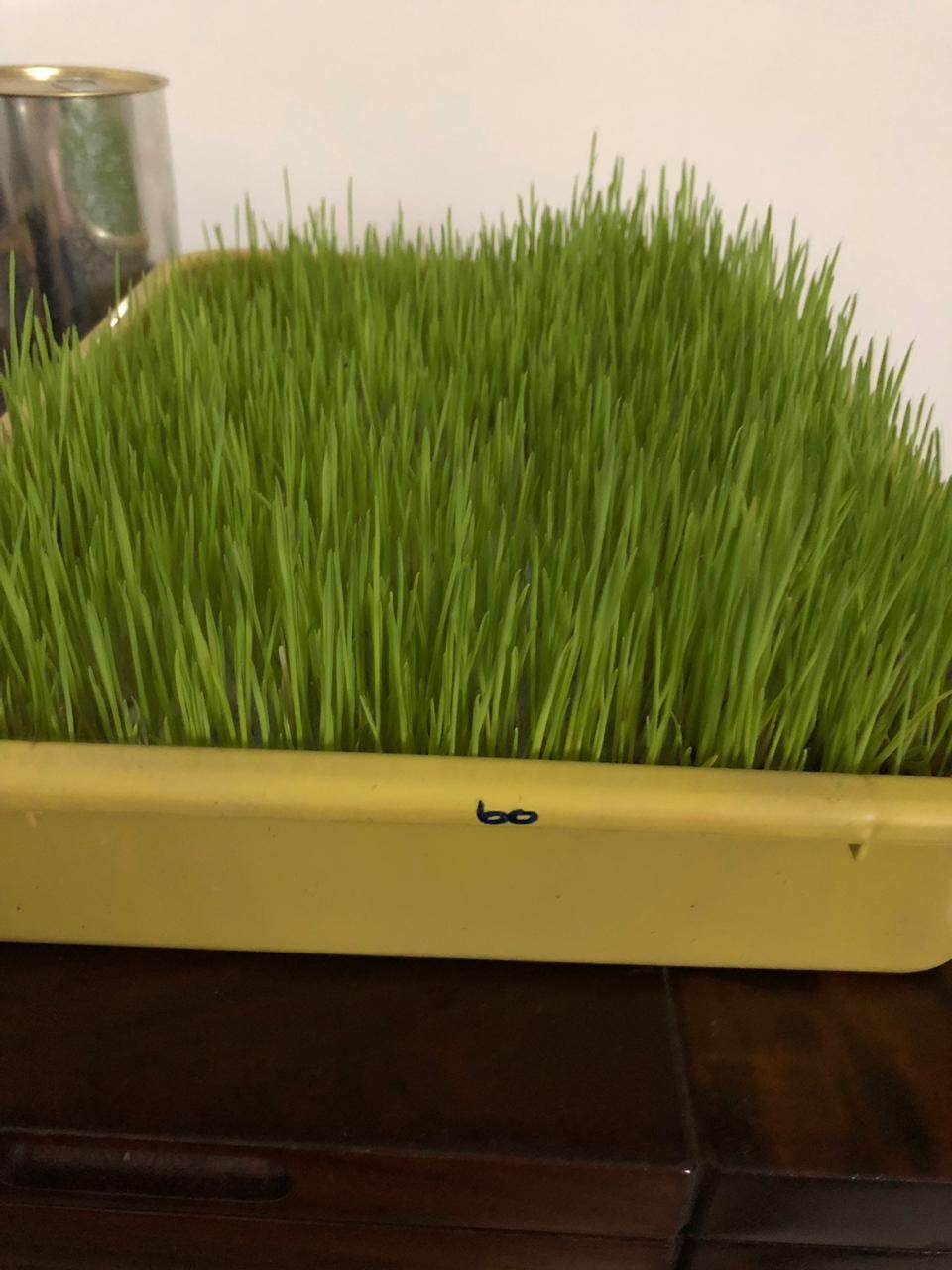
Day 7
On Day 7, we stopped the experiment. The yield we received was approx. 3.75 kg of green fodder for each kg of grains (against an expected yield of 6 kg).
As we introspected, many factors could have led to a lower yield. Some of these are:-
- Sprouting of seeds directly in the tray - instead of wrapping the seeds in cheesecloth and letting them germinate (the way one would do for lentils), we allowed the seeds to sprout directly in the fodder tray. This process may have reduced the growth rate and increased the harvest cycle (if we harvested on the 8th or 9th day, yield could be nearer to the benchmark).
- Lack of aeration - as we did a quick and dirty set-up, one mistake we did was taking the trays without perforations. Perforation in the base allows for ventilation and drainage of excess water, which did not happen in our experiment.
- Irregular watering cycle - we watered the tray manually, which means that the periodicity and measure of watering were not precise. Also, there were long periods (during the night) of no watering.
Looking at the above data, we feel that it will not be difficult to achieve the yield of at least 5 kg (if not 6) if one does the process right. Also, since the learning curve is pretty steep (every seven days you get one new harvest), one can quickly learn from their mistakes and move to the optimal yield.
For now, let us look at the cost dynamics or profitability of setting up a small-scale Hydroponic Fodder unit.
Profitability analysis of a small-scale Hydroponic Fodder unit
Any hydroponic fodder unit will consist of the following three essential components:-
- The fodder trays in which fodder will be grown.
- The frames or structure that will hold the fodder trays.
- The watering and plumbing system.
For the sake of calculations, we will consider a 2,500 sq. Ft. Unit (land area) in a 50x50 configuration. Depending upon the site layout and no. of layers, the final pricing will vary. However, the calculations below will give you a ballpark estimate of cost dynamics.
Frames
We are considering two-sided structures (that farmer can access from both sides) made of rust-proof metal. Each frame will have five vertical layers and can accommodate 120 trays. In the given area, we can fit 14 such frames at a total cost of approx. INR 3.15 Lakhs.
Fodder Trays
We are considering a tray size of 2 ft x 1.5 ft so that one individual can easily handle the weight (of fully grown fodder). At approx. INR 250 for each tray, the trays should cost approx. 4.20 Lakhs.
Water Tank & Plumbing Connections
This will vary based on layout, but we will take a ballpark figure of 0.50 Lakhs for our calculations.
Thus, the above three components for a 2,500 sq. Ft. Hydroponic Fodder unit will cost approx. 7.85 Lakhs in Capital Expenditure. This price does not include the cost of land and outer structure (room/shed/polyhouse, etc.).
On the operational side, the three crucial cost components would be:-
- Seeds
- Electricity
- Water
The monthly cost towards these for our set-up (assuming seed cost of 10 Rs per Kg and going rates for water and electricity) would be approx. INR 0.67 Lakhs.
We believe that there does exist a case for setting up of small-scale hydroponic fodder units for a collective of a few farmers. A collective farm will ensure savings on labor and logistics cost leading to profitability for such small groups.
Word of Caution
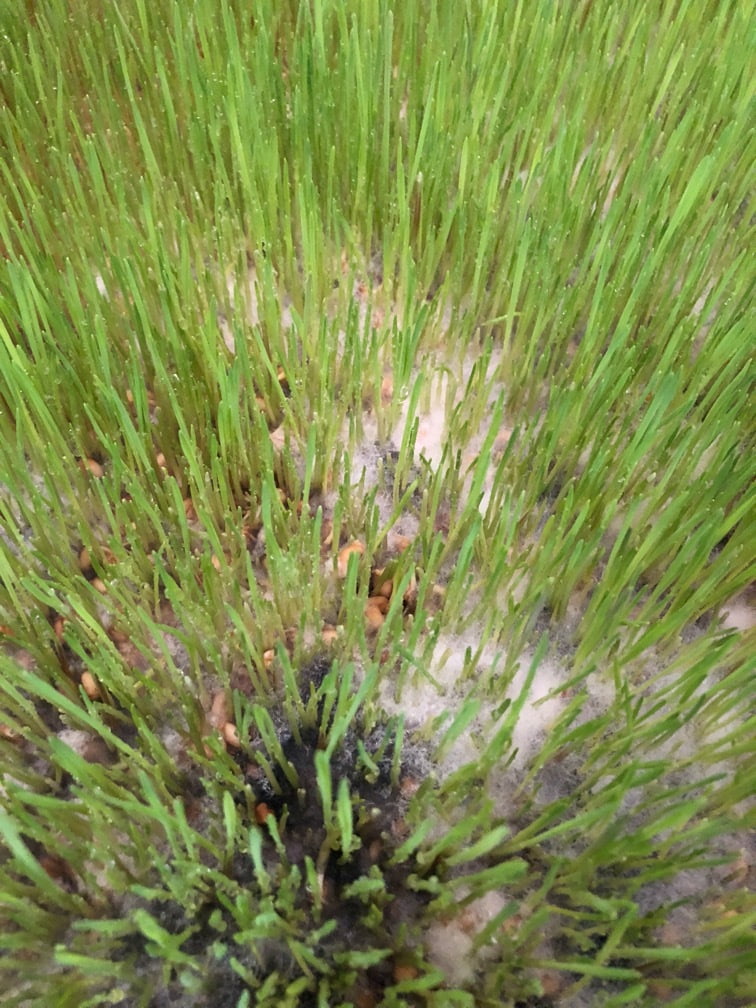
Day 7
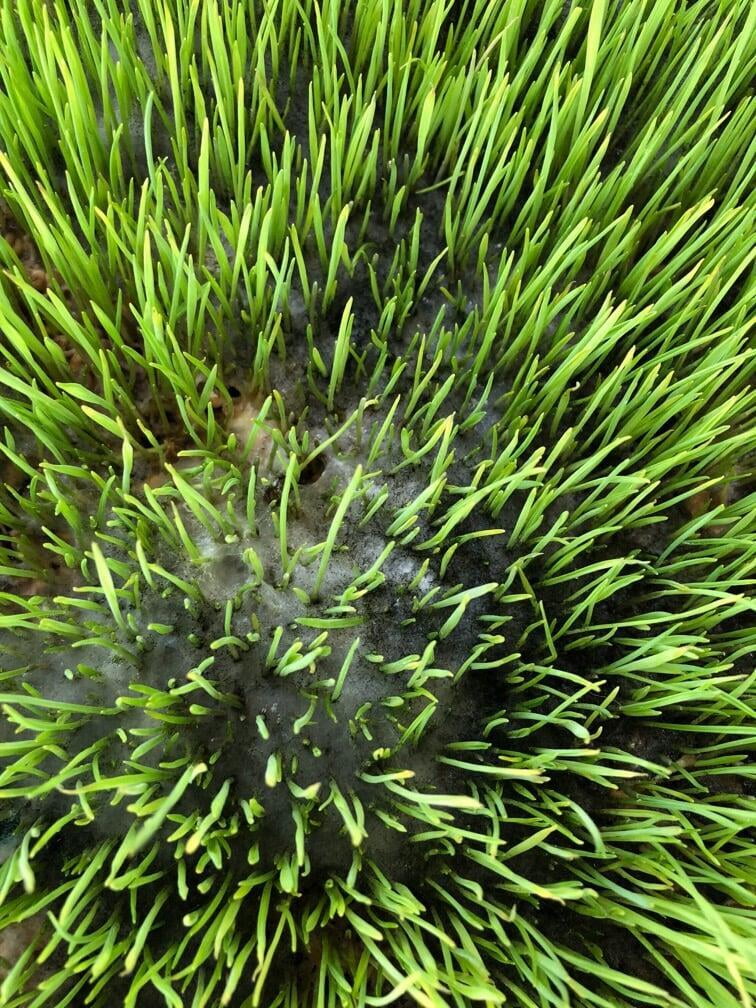
Day 8
Update - June 2018
The learnings from this home experiment excited us to repeat the experiment in a proper set-up in our Vertical Farming Research Centre in Ahmedabad.
Here are what the results look like. We were pleased to get a healthy crop of fodder with expected yields.
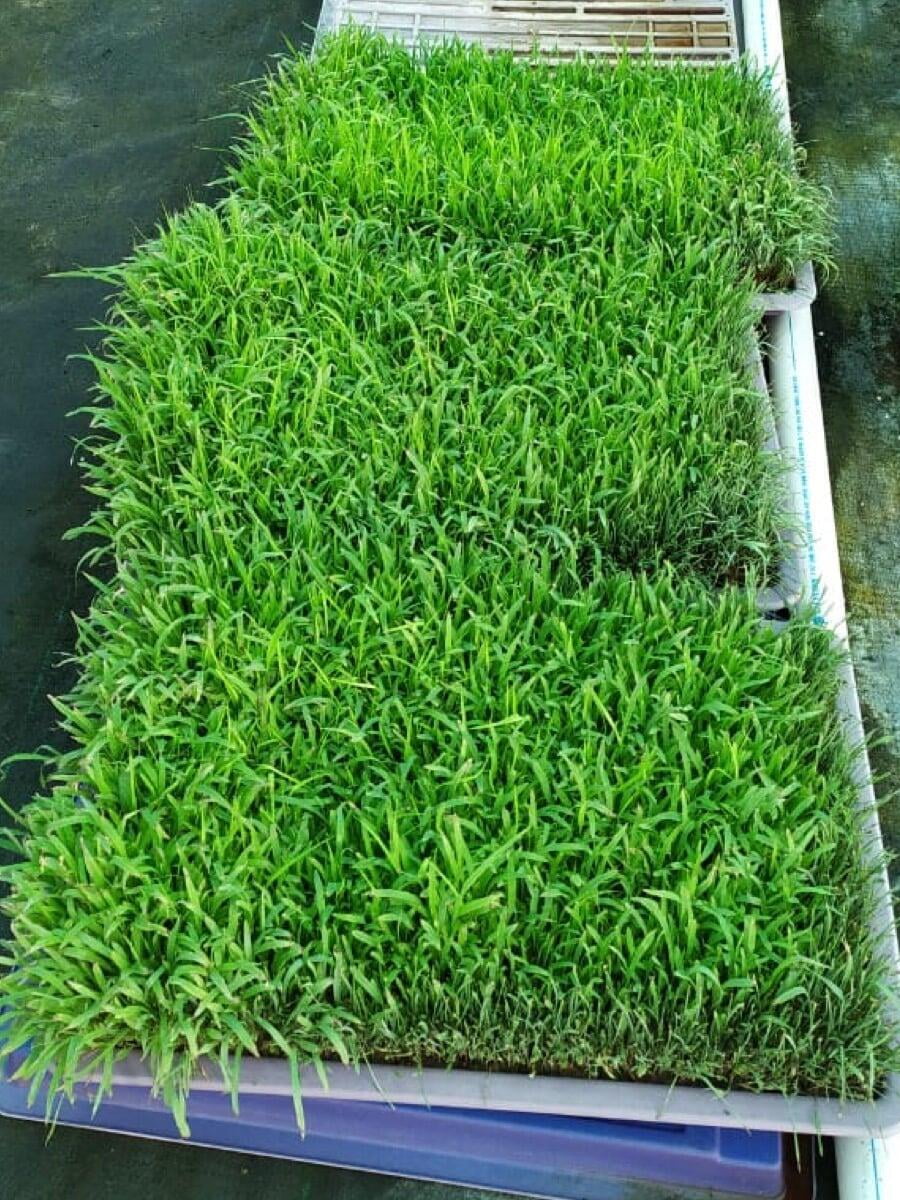
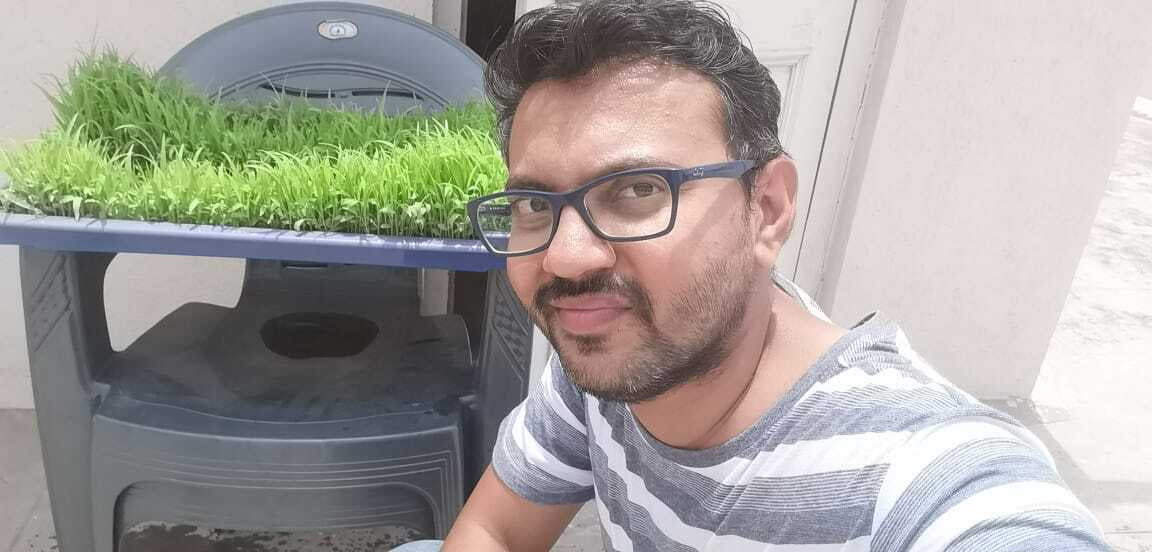
Fodder Grown by our Trainee
Further, what excited us more was the results obtained by one of the attendees from the Commercial Hydroponic training courses that we run on our research farm.
Take a look. Not bad for a first attempt. :)
Happy Farming!
